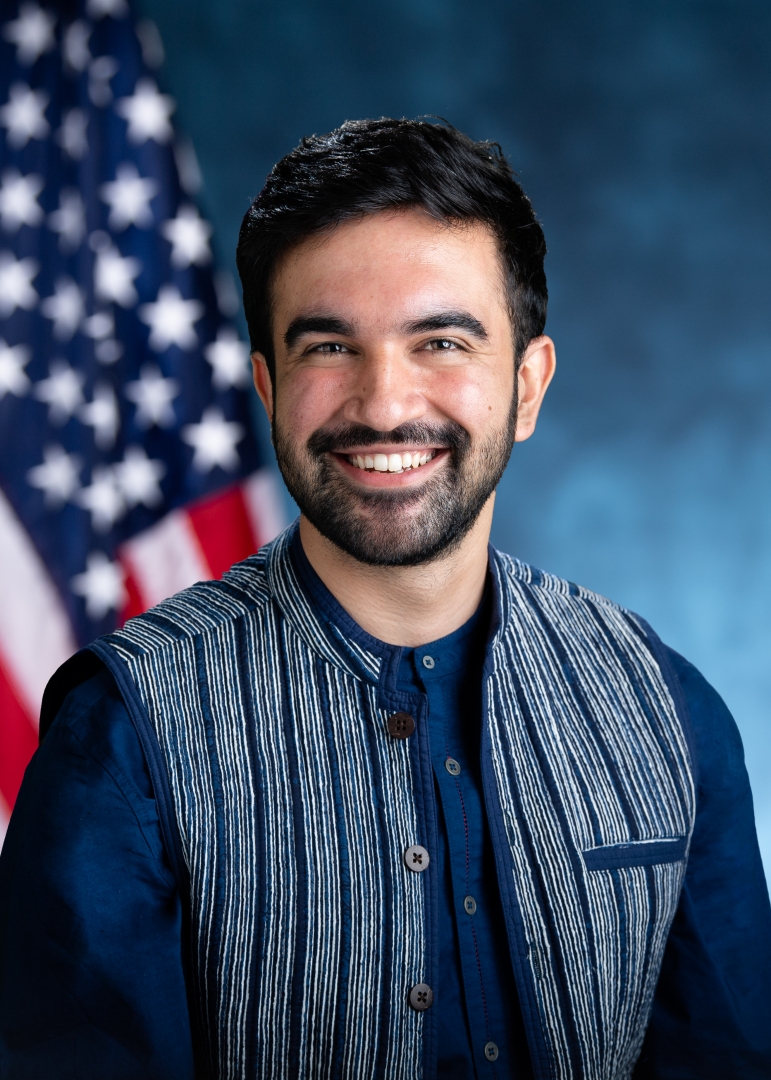Zohran Mamdani’s Housing Revolution: Challenging New York City’s Real Estate Status Quo

Zohran Mamdani, a progressive state assemblyman from Queens, has shaken up New York City’s political and real estate landscapes with his insurgent mayoral campaign focused on housing justice. His proposals—ranging from freezing rents on over a million apartments to overhauling the city’s property tax system—have drawn fierce support from tenant advocates and deep resistance from landlords, developers, and the political establishment. As the city grapples with a worsening affordability crisis, Mamdani’s candidacy has become a flashpoint in the debate over who gets to shape New York’s future—and at what cost.
Zohran Mamdani is an Astoria‑based Queens state assemblyman and housing advocate who entered the mayoral race with a strong focus on affordability. With years of experience as a foreclosure prevention counselor, he attributes his platform to efforts assisting low‑income homeowners in Queens stay in their homes, a history that motivates his housing agenda.
Central to Mamdani’s platform is a promise to freeze rents on roughly one million rent‑stabilized apartments, which house over two million residents. Tenant advocates see this as critical relief amid median rents around $3,700 and stagnant wages. However, landlords and housing economists warn that such a freeze endangers building maintenance, discourages investment, and may worsen long‑term housing shortages given vacancy rates as low as 1.4%.
Following Mamdani’s Democratic primary victory, publicly traded landlords—such as SL Green and Vornado Realty Trust—saw their stocks decline by 5–7% as investor anxiety mounted. Real estate investors and developers expressed concerns that his agenda threatens steady cash flow, property values, and long‑term investment in NYC commercial real estate.
Mamdani proposed significant property tax restructuring—shifting the tax burden away from outer‑borough homeowners toward wealthier, predominantly white neighborhoods—by adjusting assessment ratios and applying circuit breakers for middle‑income areas. Supporters argue this addresses systemic inequities in property taxes; critics claim the policy is politically and racially charged, and could be difficult to implement without Albany’s approval .
The real estate sector immediately mobilized to counter Mamdani’s influence. Billionaire developers and REIT executives hosted high‑dollar fundraisers backing alternatives such as incumbent Mayor Adams. Reports show a concerted effort from power brokers to shield NYC real estate markets from potential shocks stemming from Mamdani’s proposals.
Although Mamdani’s original platform was openly critical of relying on private developers, he later softened this stance—endorsing zoning reforms, upzoning wealthy neighborhoods, eliminating parking minimums, and streamlining permitting processes. These shifts attempt to reconcile his commitment to public housing expansion with political necessity and collaboration with the private sector.
Mamdani’s candidacy thus positioned him at the intersection of housing reform activism and fierce ideological resistance. His real‑estate policy proposals have drawn both enthusiastic support from tenant advocates and widespread alarm from property owners, investors, and centrist business leaders. The resulting tension underscores a broader debate over how cities address affordability without undermining market stability.